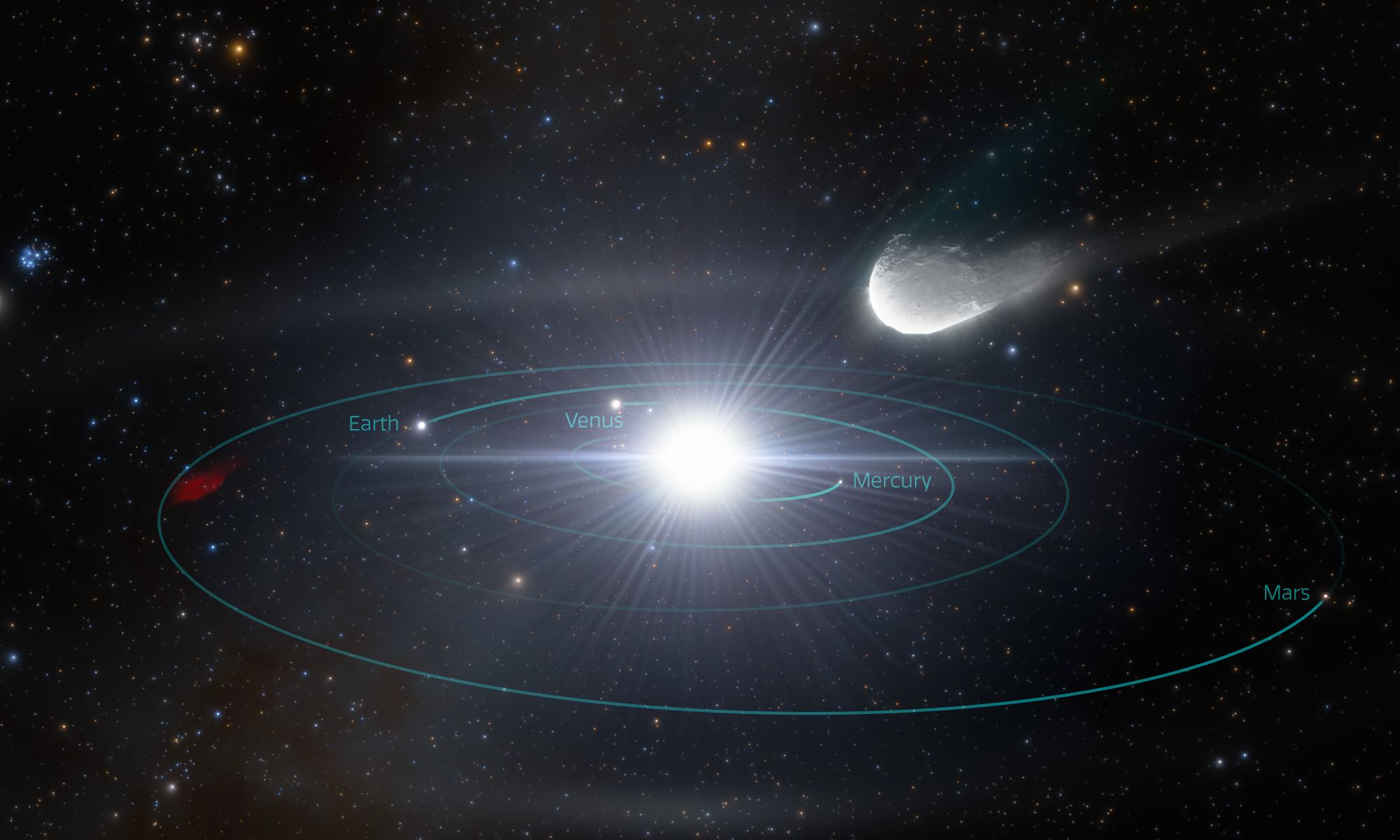Do we have a planetary bias when it comes to understanding where life can perpetuate? It’s only natural that we do. After all, we’re on one.
However, planets may not be necessary for life, and a pair of scientists from Scotland and the USA are inviting us to reconsider the notion.
Continue reading “Does Life Really Need Planets? Maybe Not”









